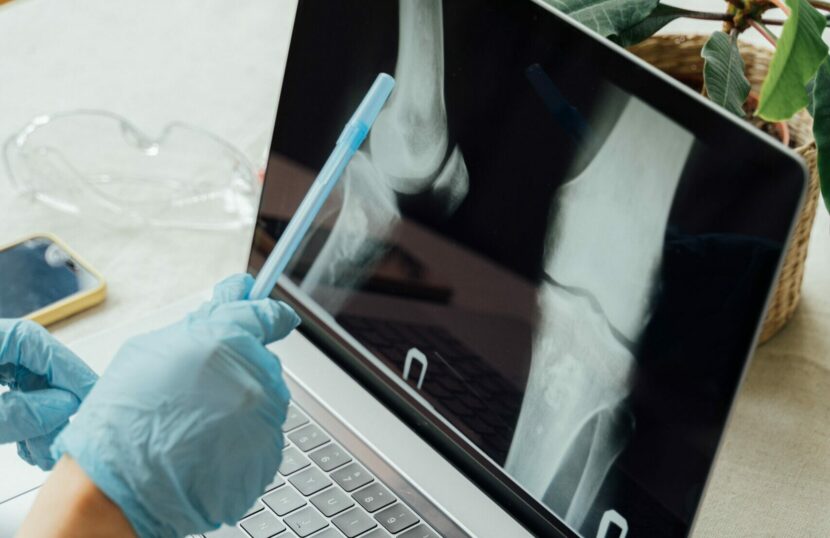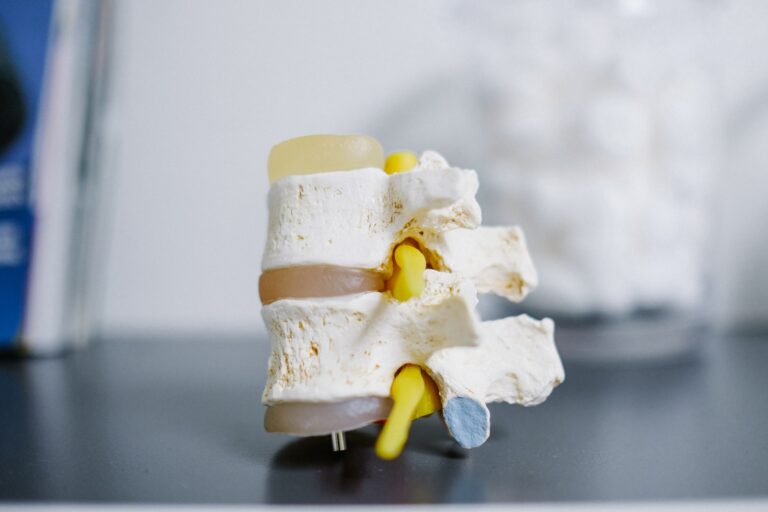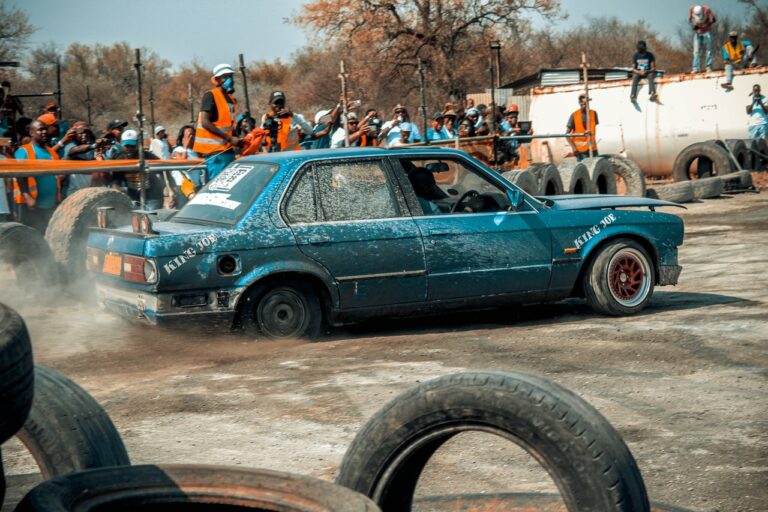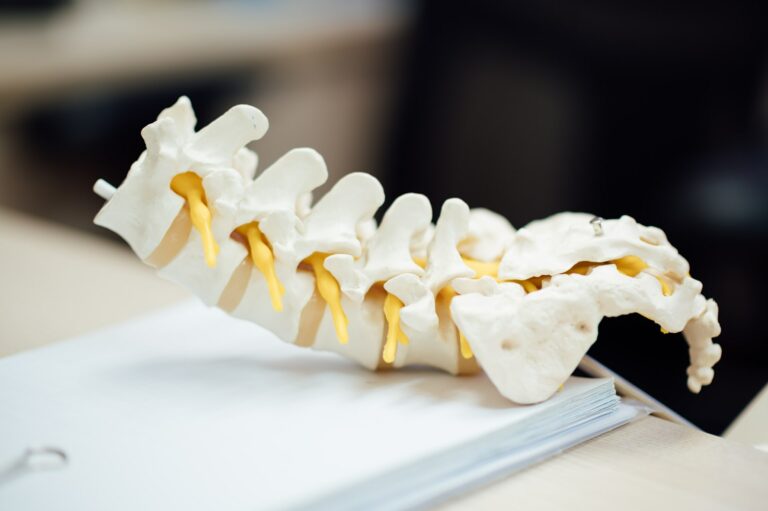Car crashes are devastating. The sheer force of two or more vehicles colliding with each other or with a stationary object can cause the body to absorb tremendous bone-shattering shock. The force will be even greater and the negative impact on the body more severe if the vehicles were moving at a high speed.
In some instances, the force of impact is enough to throw a person out of the vehicle if he is not wearing a seatbelt or send the vehicle rolling. These lead to severe internal body injuries such as broken bones and fractures. Treatment for these injuries is very costly, not to mention time consuming. Victims can expect to stay hospitalized, remain bedridden or stay away from income-earning opportunities for a while.
Many car crashes occur because a driver was negligent or reckless. If you were involved in a car accident with a negligent driver and suffered broken bones or fractures, you can file a claim against the negligent driver. Talk to a Texas personal injury lawyer to get started on your claim.
The Common Bone Fractures Sustained in Automobile Accidents
Fractures are simply broken bones. Car accidents can cause fractures in different parts of the body. Here are a few of the most commonly fractured bones:
- Hips
- Ribs
- Spine and neck – especially in rear-end collisions
- Tibia/fibula and femur – especially in high impact head-on collisions
- Skull
- Arms and wrists – these are usually suffered when persons brace themselves ahead of a collision.
- Clavicles
Types of Fractures Suffered
Fractures can take many different forms. The two broad categories are open/compound fractures and closed/simple/stable fractures. In open fractures, the bone pierces the skin, rupturing it. The rupture exposes the deep tissues in the skin and even the bone itself. These are extremely serious fractures and may become complicated if the wound is infected. In simple fractures, the broken bone does not pierce the skin, rather, it remains within the body.
Within these categories are different types of fractures:
- Greenstick fractures – The bone is bent but is not broken completely through. These are usually caused by forces perpendicular to the bone axis.
- Comminuted fractures – The bone fractures completely into several pieces.
- Traverse fractures – The break is perpendicular to the shaft of the bone. It is usually caused when the force applies at a right angle to the bone.
- Oblique fractures – The break is slanted or at an angle to the bone shaft; it’s not perpendicular to it. Usually occurs when the force is applied at a slanted angle to the bone.
- Avulsion fractures – A small piece of bone breaks away from the rest of the bone. They are caused by the sudden traumatic pulling of the body in one direction after an accident.
- Stress fractures – They are tiny hairline breaks that occur often in the foot and leg bones.
- Buckled fractures – These occur when bones smash into each other after impact causing displacement.
Fractures are extremely painful. In addition, people who suffer severe fractures after a car accident can expect to be hospitalized for days, leading to high medical costs, lost wages and in cases where the fracture is permanently debilitating, lost earning capacity.
If you were involved in a car accident with a negligent driver and suffered fractures, you deserve compensation for all the pain, anguish and financial burden you have borne. If you were involved in a car accident, schedule a consult with a Texas personal injury lawyer today to determine liability and fight for your rights.











